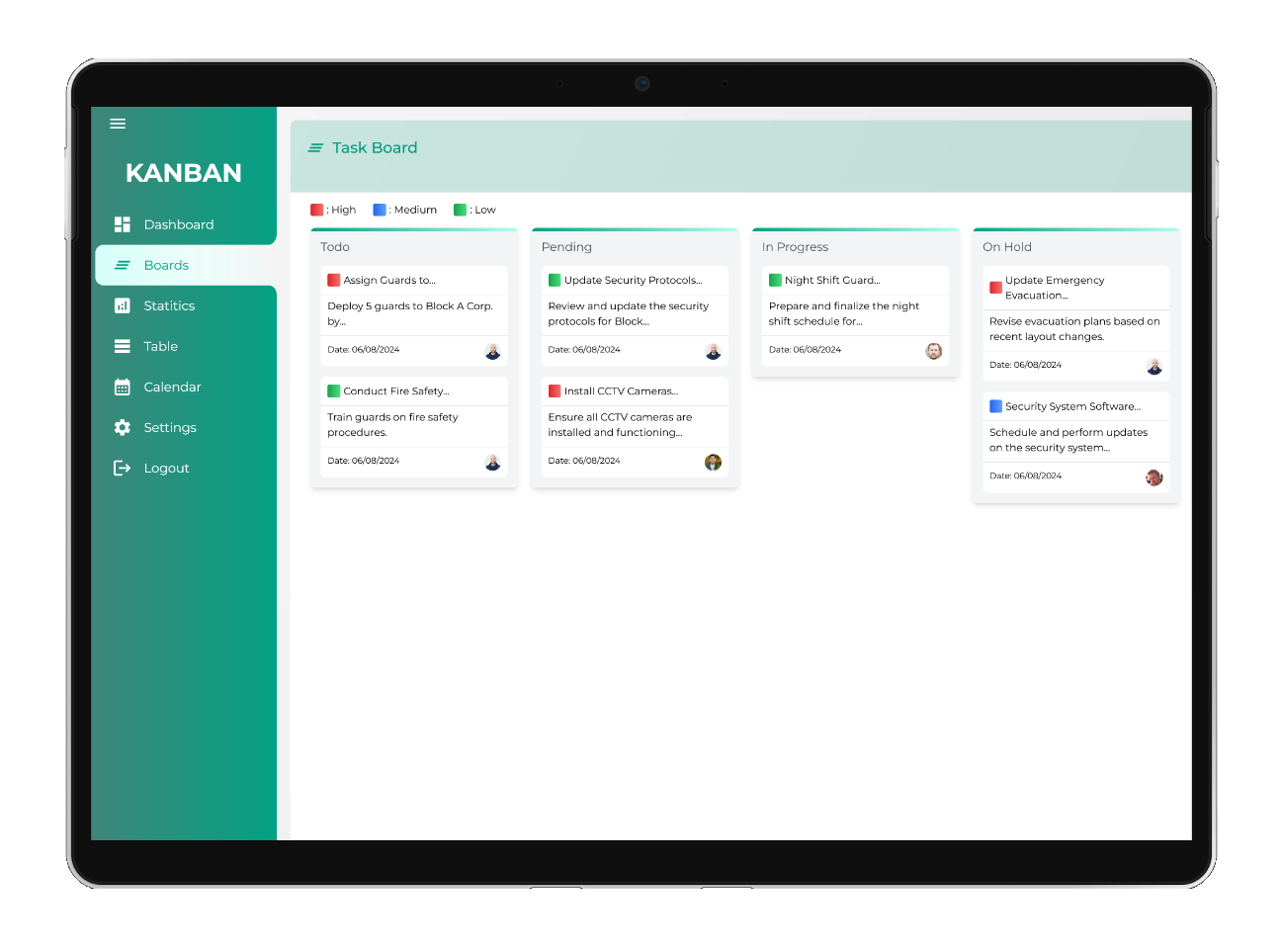In the fast-paced world of modern business, optimizing workflow processes is crucial for maintaining efficiency and productivity. Traditional methods of workflow management often involve manual tracking, paper-based processes, and fragmented systems, which can lead to inefficiencies and errors. Digital TCard software offers a streamlined solution, leveraging digital card-based systems to enhance task management, improve efficiency, and optimize workflow processes.

Understanding Digital TCard Software
Digital TCard software provides a digital version of traditional task cards, which are used to manage and track workflow processes. These digital cards offer a flexible and dynamic way to visualize, organize, and manage tasks and projects. The software typically includes features such as task boards, card management, real-time updates, and integration with other tools, allowing teams to collaborate more effectively and maintain a clear overview of workflow processes.
Benefits of Digital TCard Software
1. Enhanced Visualization and Organization
Digital TCard Software allows teams to visualize their workflows using digital cards that can be easily organized and rearranged. This visual representation helps team members quickly understand task statuses, priorities, and dependencies. Unlike traditional methods, which may involve complex spreadsheets or physical cards, digital TCard software offers a user-friendly interface that simplifies task management.
2. Real-Time Updates and Collaboration
One of the key advantages of Digital TCard software is its ability to provide real-time updates. As tasks progress or changes occur, updates are instantly reflected in the digital cards. This feature promotes transparency and ensures that all team members have access to the most current information. Real-time collaboration tools, such as comments and notifications, further enhance communication and coordination among team members.
3. Increased Efficiency Through Automation
Digital TCard software often includes automation features that streamline repetitive tasks and reduce manual effort. For example, automated task assignments, reminders, and notifications help ensure that tasks are completed on time and that nothing falls through the cracks. Automation not only saves time but also minimizes the risk of human error, leading to more accurate and reliable workflow management.
4. Integration with Other Tools
Modern Digital TCard Software integrates seamlessly with other business tools and systems, such as project management software, CRM systems, and communication platforms. This integration facilitates data flow between different tools, allowing for a more cohesive and efficient workflow. For example, integrating with a project management tool can automatically update task statuses based on project progress, reducing the need for manual updates.
5. Enhanced Reporting and Analytics
Digital TCard Software provides advanced reporting and analytics capabilities, offering insights into workflow performance and task management. Customizable reports and dashboards allow teams to track key metrics, such as task completion rates, project timelines, and resource allocation. These insights help identify bottlenecks, measure productivity, and make data-driven decisions to improve workflow processes.
Implementing Digital TCard Software
1. Assess Workflow Requirements
Before implementing Digital TCard software, it’s essential to assess your organization’s workflow requirements. Identify key processes, task types, and areas where improvements are needed. Engage with team members to understand their needs and preferences, and use this information to select a software solution that aligns with your requirements.
2. Customize and Configure
Once you’ve selected the software, customize and configure it to meet your specific workflow requirements. Set up task boards, define card types, and establish workflows based on your team’s processes. Configure automation features, integrate with other tools, and establish user permissions to ensure that the software is tailored to your needs.
3. Train Your Team
Effective training is crucial for successful adoption of Digital TCard software. Provide comprehensive training sessions to familiarize your team with the software’s features and functionalities. Offer resources such as user manuals, online tutorials, and helpdesk support to assist team members as they transition to the new system.
4. Monitor and Optimize
After implementation, continuously monitor the software’s performance and gather feedback from users. Analyze workflow data and identify areas for improvement. Use the software’s reporting and analytics features to assess its impact on workflow efficiency and make adjustments as needed.
5. Encourage Adoption and Best Practices
Promote the use of Digital TCard Software by encouraging team members to embrace its benefits and follow best practices. Foster a culture of collaboration and continuous improvement by regularly reviewing workflow processes and seeking input from users on potential enhancements.
Conclusion
Digital TCard Software offers a powerful solution for optimizing workflow processes, enhancing task management, and improving efficiency. By providing a visual and dynamic approach to task tracking, real-time updates, and automation, this software helps organizations streamline their workflows and achieve better results. Effective implementation involves assessing requirements, selecting the right software, customizing it to fit your needs, providing training, and continuously monitoring performance. With the right approach, Digital TCard software can significantly improve workflow processes, leading to greater productivity and success in achieving organizational goals.